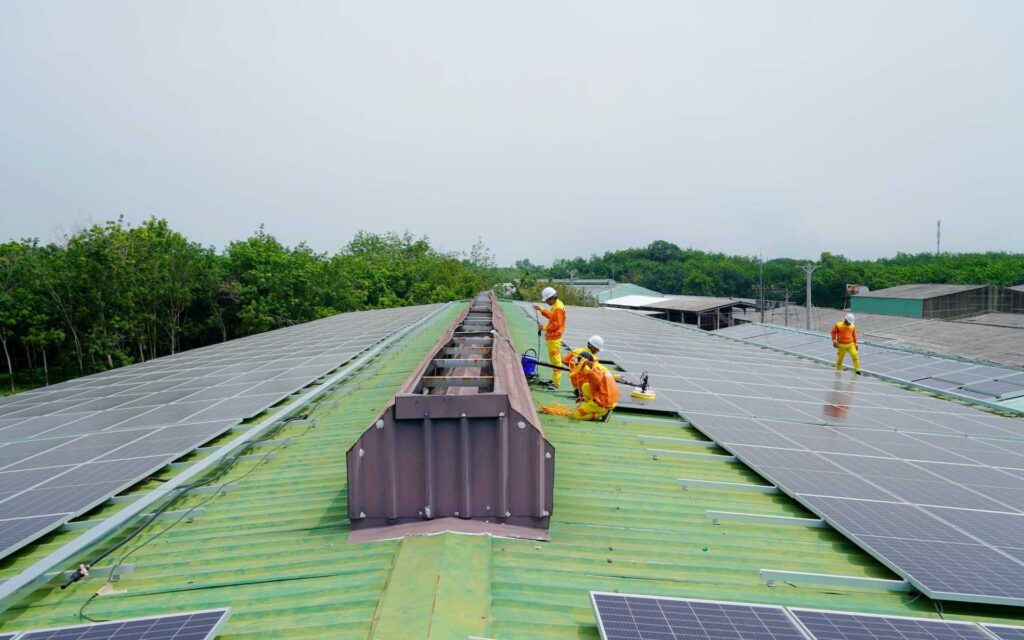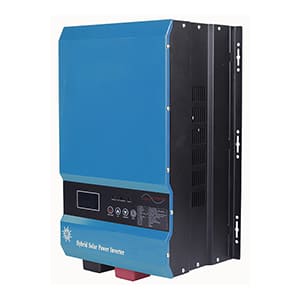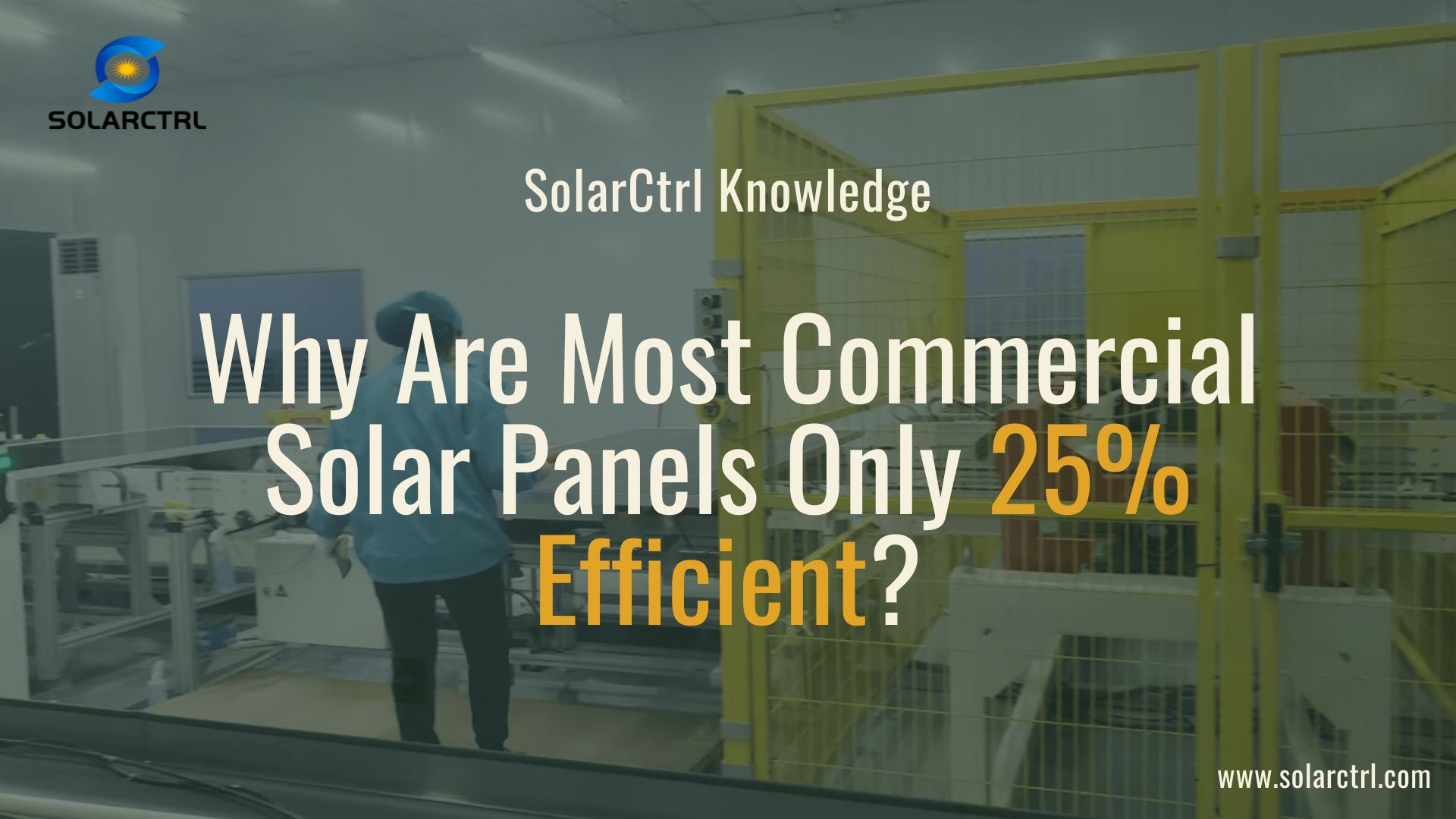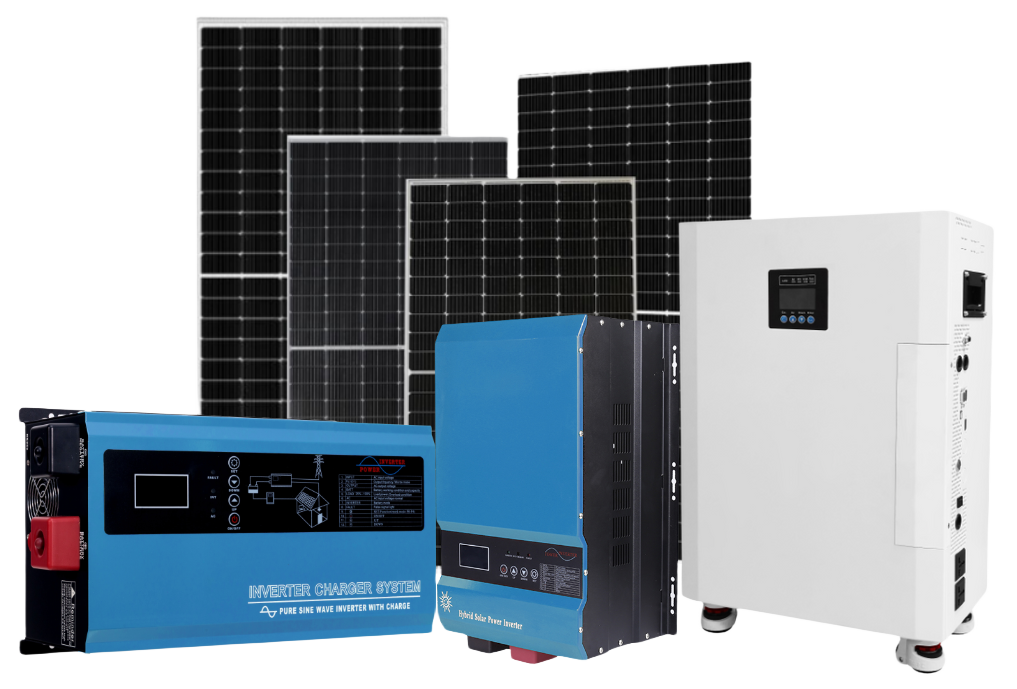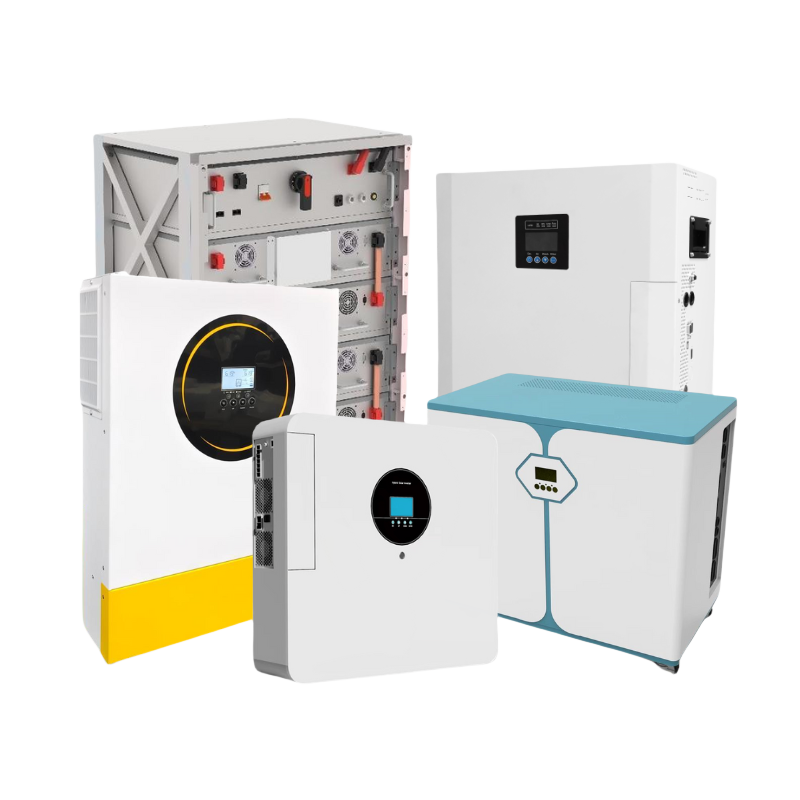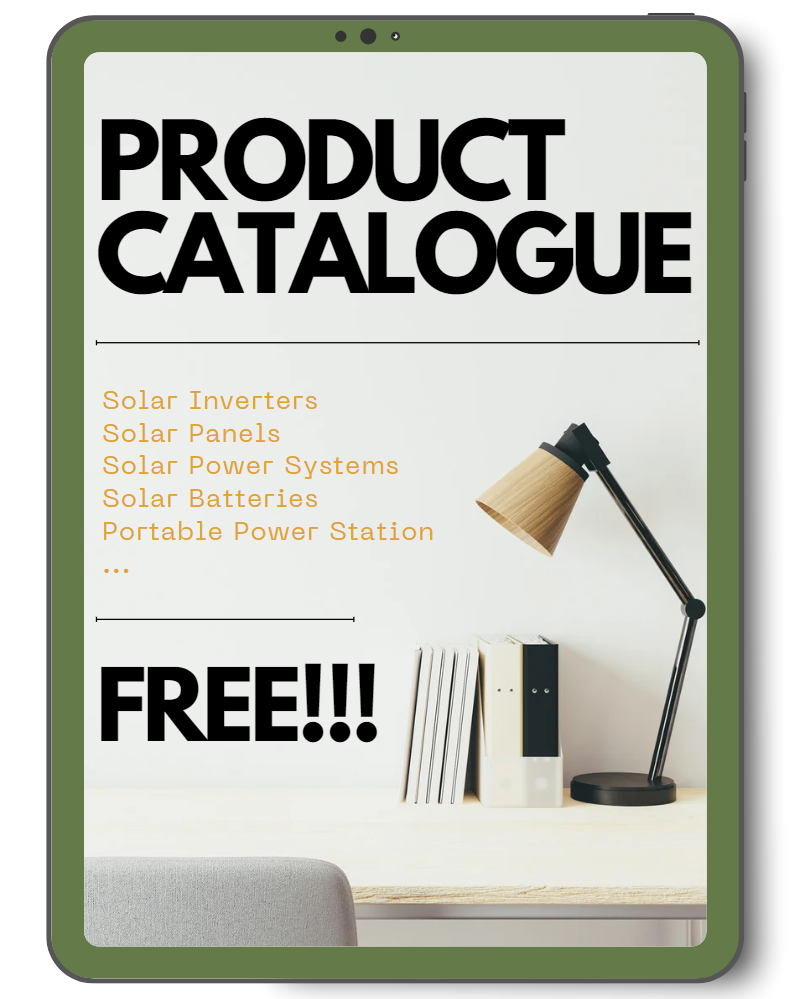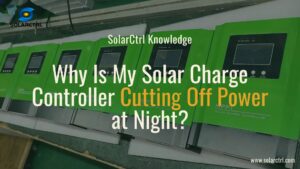
Why Is My Solar Charge Controller Cutting Off Power at Night?
Solar charge controllers play a vital role in regulating the power generated by solar panels and ensuring that your battery system operates efficiently and safely. However, many users experience a frustrating issue where their solar charge controller cuts off power at night, leaving them without power during critical hours. Understanding the reasons for this behavior is essential to maintaining a well-functioning solar system.










